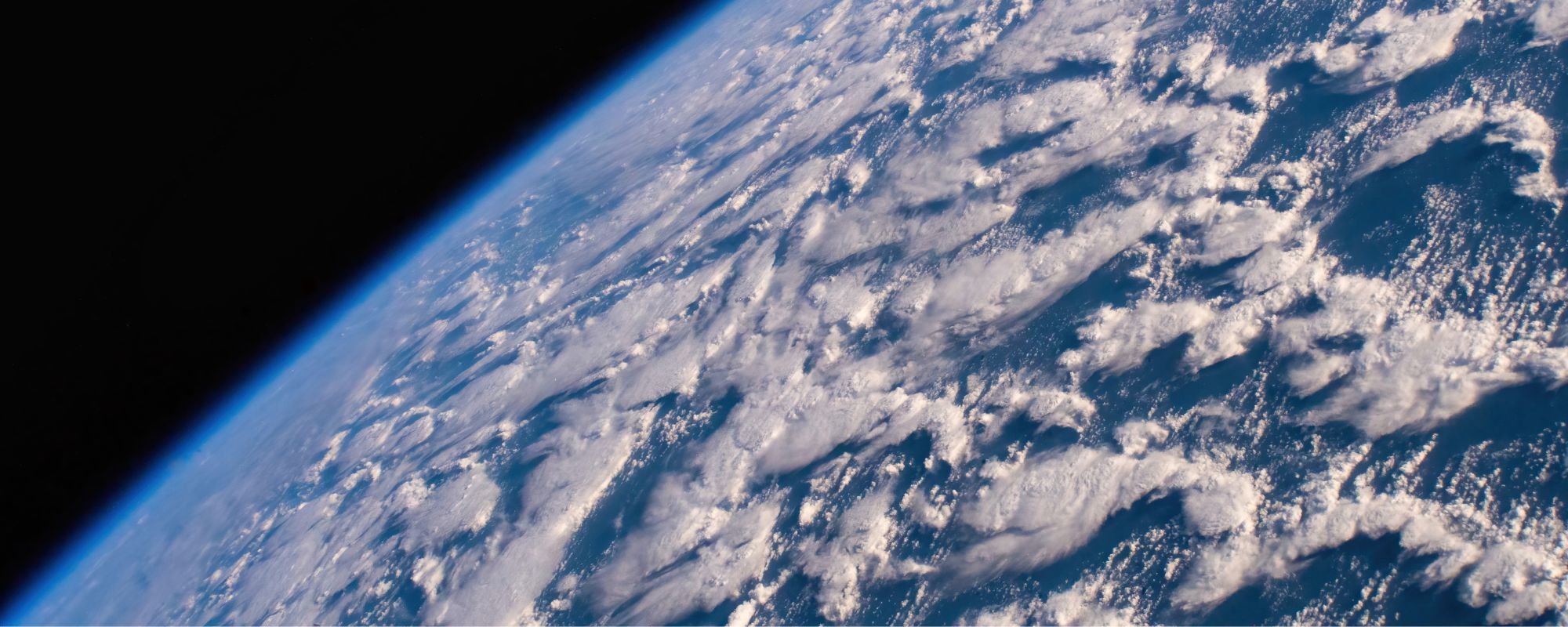It can be depressing to hear about how global warming is dooming us, but there’s a bit of good news! Thanks to the Montreal Protocol of 1987, humans have managed to partially heal the ozone layer. A United Nations-backed report is saying that the ozone layer may be fully recovered by 2066.
Videos by Rare
The Montreal Protocol Banned CFCs Because Humans Created a Hole in the Ozone Layer
The Montreal Protocol of 1987 phased out the use of ozone layer-depleting substances such as chlorofluorocarbons (CFCs). Initially, people replaced CFCs with hydrofluorocarbons (HFCs), but that was bad because HFCs contribute to global warming. The Montreal Protocol adapted some changes to phase out the use of HFCs in 2007.
The ozone layer is important because it traps Ultraviolet (UV) radiation before it gets to the Earth’s surface. While some UV is okay, too many leads to serious health problems like cancer and cataracts. According to experts, the planet would have more than twice as much UV than the World Health Organization considers to be “extreme” if we hadn’t taken action back in the 80s.
Humans were using so many toxic chemicals that the planet’s ozone layer formed a massive hole. That hole would have continued to get bigger instead of smaller without the Montreal Protocol.
New UN-Backed Report Claims Recovering Ozone May Reduce Global Warming Temperatures By Almost 1 Degree Fahrenheit
The recent report backed by the UN estimates that ceasing the use of CFCs will ultimately reduce global warming temperatures by 0.3-0.5 degrees Celsius, or 0.54-0.9 degrees Fahrenheit, by 2100. It notes that continued use of HFC-23 emissions, which, like other climate change gases, have a heating impact on the planet.
“Ozone action sets a precedent for climate action,” said World Meteorological Organization’s Secretary-General Professor Petteri Taalas. “Our success in phasing out ozone-eating chemicals shows us what can and must be done — as a matter of urgency — to transition away from fossil fuels, reduce greenhouse gases and so limit temperature increase.”
The Scientific Assessment Panel also did first-time research on stratospheric aerosol injection (SAI). These are sometimes referred to as “chem trails.” Researchers looked into their effects on the ozone layer.
“For the first time, the Scientific Assessment Panel examined the potential effects on ozone of the intentional addition of aerosols into the stratosphere, known as a stratospheric aerosol injection (SAI),” it said in the report. “SAI has been proposed as a potential method to reduce climate warming by increasing sunlight reflection. Yet the panel cautions that unintended consequences of SAI ‘could also affect stratospheric temperatures, circulation and ozone production and destruction rates and transport.’”
Interesting stuff!



